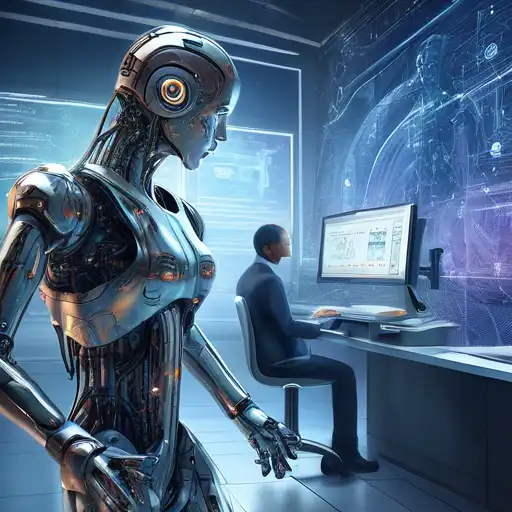Introduction to AI and Machine Learning
In the rapidly evolving world of technology, the terms Artificial Intelligence (AI) and Machine Learning (ML) are often used interchangeably. However, they represent distinct concepts with unique applications and implications. This article delves into the differences between AI and ML, shedding light on their individual roles in shaping the future of technology.
What is Artificial Intelligence?
Artificial Intelligence is a broad field of computer science focused on creating systems capable of performing tasks that typically require human intelligence. These tasks include problem-solving, understanding natural language, recognizing patterns, and making decisions. AI can be categorized into two types: narrow AI, which is designed for specific tasks, and general AI, which possesses the ability to perform any intellectual task that a human can.
What is Machine Learning?
Machine Learning, a subset of AI, involves the development of algorithms that allow computers to learn from and make predictions or decisions based on data. Unlike traditional programming, where humans explicitly code the behavior of software, ML enables systems to improve their performance over time without being explicitly programmed for every scenario.
Key Differences Between AI and Machine Learning
While AI and ML are closely related, several key distinctions set them apart:
- Scope: AI encompasses a wider range of technologies and applications, including robotics, natural language processing, and more. ML is specifically focused on data analysis and pattern recognition.
- Learning: AI systems may or may not learn from data. In contrast, ML systems inherently rely on data to learn and improve.
- Objective: The goal of AI is to simulate human intelligence across a broad spectrum of activities. ML aims to enable machines to learn from data to perform specific tasks more efficiently.
Applications of AI and Machine Learning
Both AI and ML have transformative applications across various industries. AI powers virtual assistants, autonomous vehicles, and smart home devices. ML is behind recommendation systems, fraud detection, and predictive analytics. Together, they are driving innovation in healthcare, finance, and beyond.
Why Understanding the Difference Matters
Grasping the distinction between AI and ML is crucial for businesses and individuals looking to leverage these technologies. It enables informed decision-making regarding which technology to adopt for specific needs and fosters a deeper appreciation of the potential and limitations of each.
Future Trends in AI and Machine Learning
The future of AI and ML is bright, with advancements in deep learning, neural networks, and quantum computing paving the way for more sophisticated applications. As these technologies continue to evolve, their impact on society and industry will only grow.
For those interested in exploring more about how these technologies are shaping our world, check out our articles on Tech Trends and Data Science.
In conclusion, while AI and ML are interconnected, they serve different purposes and operate on distinct principles. Understanding these differences is key to navigating the future of technology effectively.
